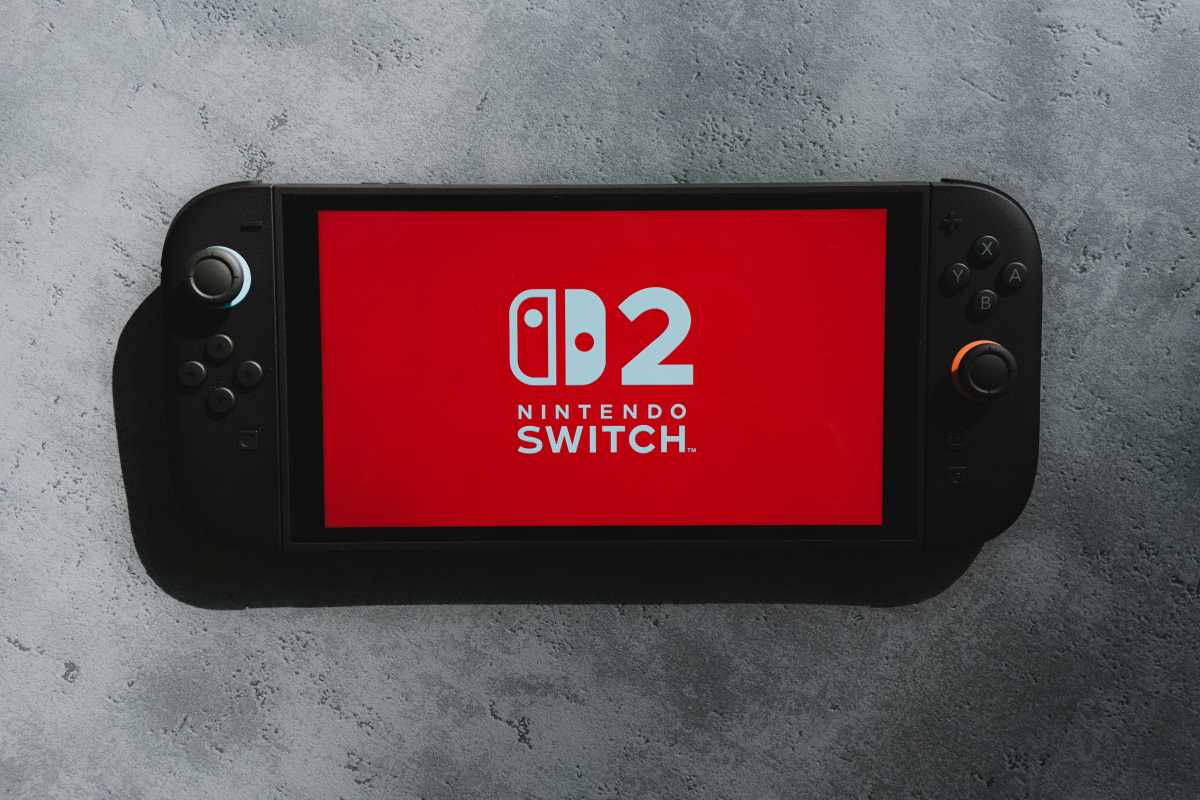Let's talk about subscription boxes. Those monthly packages of surprise and disappointment that have somehow convinced millions of people to pay for stuff they didn't know they wanted. It's retail therapy meets gambling, wrapped in sustainable packaging and marketed as "self-care."
I've been down this rabbit hole for years, collecting cardboard boxes faster than a hoarder at a moving sale. Some have been genuine game-changers. Others? Well, let's just say I've learned expensive lessons about the difference between marketing promises and reality.
Here's the brutal truth about which subscription boxes actually deliver value and which ones are basically paying for disappointment with a 30-day return policy.
The Beauty Box Battlefield
Winner: Allure Beauty Box ($25/month)
Allure gets it right because they actually understand what people want: full-size products that don't suck. While other beauty boxes shovel sample-sized disappointments into cute packaging, Allure consistently delivers products you'll actually use.
Their curation makes sense. No random lip balm in colors that look like they were inspired by a bruise. No "innovative" skincare that's basically expensive water with fancy marketing. You get established brands, actual useful shades, and products that justify the monthly spend.
The value consistently exceeds the cost, which shouldn't be revolutionary but apparently is in the subscription box world.
Loser: FabFitFun ($50/quarter)
FabFitFun is the subscription box equivalent of a clearance rack at a department store. Sure, you get a lot of stuff, but most of it feels like items companies couldn't sell through normal channels.
The customization options sound appealing until you realize you're choosing between different versions of mediocre. That $200+ retail value they advertise? It's inflated pricing on products that were probably manufactured for a fraction of their supposed worth.
You'll end up with a collection of random lifestyle products that look good in photos but serve no real purpose in your life. It's consumerism for the sake of consumption, dressed up as a lifestyle upgrade.
Food Boxes
Winner: Hello Fresh ($60-90/month)
Hello Fresh wins because it solves an actual problem: deciding what to eat and shopping for ingredients. The recipes are straightforward enough that you won't feel like you need a culinary degree, but interesting enough to break you out of your pasta-and-takeout routine.
The portions are reasonable, the ingredients arrive fresh, and you're not drowning in packaging waste. Plus, you can skip weeks when life gets chaotic, which shows they understand how real people actually live.
The cost breaks down reasonably when you consider you're paying for meal planning, shopping, and the ingredients themselves. It's convenience that actually delivers convenience.
Loser: Universal Yums ($15-25/month)
Universal Yums sounds charming in theory—snacks from around the world delivered to your door. In practice, it's often weird candy and processed foods that taste exactly like what they are: mass-produced snacks that couldn't compete in the American market.
The educational booklet feels forced, turning snack time into homework nobody asked for. You're paying premium prices for novelty that wears off after the first box when you realize most international snacks exist for good reasons—usually because they're actually available where people want to eat them.
The portions are tiny, the shipping costs are built into inflated pricing, and you'll probably throw away more than you eat.
Fitness and Wellness
Winner: Peloton App + Equipment (varies)
Peloton succeeds because they built an ecosystem that actually works together. The bike or treadmill isn't just expensive gym equipment taking up space—it's integrated with content that's genuinely motivating and professionally produced.
The instructors are skilled enough to keep workouts engaging without being annoyingly peppy. The class variety means you won't get bored, and the community aspect creates accountability without forced social interaction.
Yes, it's expensive upfront, but the monthly app cost is reasonable compared to gym memberships, and you'll actually use it because it's convenient and well-designed.
Loser: Most Supplement Subscription Services ($30-60/month)
The supplement subscription game is largely bullshit dressed up in scientific language. Companies like Ritual and Care/of create personalized vitamin packs based on questionnaires that have about as much scientific validity as a BuzzFeed quiz.
Most people don't need specialized supplements, and the ones who do should be getting recommendations from actual healthcare providers, not algorithms designed to sell products. The markup on basic vitamins is astronomical, and the customization is mostly marketing theater.
You're paying premium prices for pills you could buy at any drugstore, packaged in individual packets that create unnecessary waste and give the illusion of personalization.
Lifestyle and Hobby Boxes
Winner: Stitch Fix ($20 styling fee)
Stitch Fix works because it addresses a real pain point: shopping for clothes is terrible, especially online. The styling algorithm has gotten better over time, and the personal stylists actually seem to understand basic concepts like "appropriate for work" and "fits my actual lifestyle."
The try-before-you-buy model removes most of the risk, and you only pay the styling fee if you keep nothing. When they get it right, you discover pieces you wouldn't have found on your own that actually work with your existing wardrobe.
The key is being honest in your profile and providing feedback. Treat it like the service it is, not a magical fashion fairy, and it delivers solid results.
Loser: Book of the Month ($15/month)
Book of the Month feels like it was designed by people who think reading is more about displaying books than actually reading them. The selections skew heavily toward trendy fiction that looks good on Instagram but often lacks substance.
The monthly format doesn't match how most people actually read. Some months you want three books, other months you're still working through last month's selection. The pressure to choose monthly creates artificial urgency around what should be a leisurely activity.
You can find better book recommendations from actual readers online, and your local library probably has most of these titles available without the subscription commitment.
The Real Cost of Subscription Culture
Here's what subscription box companies won't tell you: the convenience factor is often offset by decision fatigue and storage problems. You end up with accumulating products you feel guilty about not using because you paid for them monthly.
The environmental impact is significant despite all the "sustainable packaging" marketing. Individual portions, excess packaging, and shipping carbon footprints add up quickly when multiplied across millions of subscribers.
Most importantly, subscription boxes can encourage mindless consumption. The automatic billing makes it easy to forget how much you're actually spending, and the surprise element can override your ability to make thoughtful purchasing decisions.
Making Smart Subscription Choices
Before subscribing to anything, ask yourself: Am I paying for convenience or novelty? Convenience-based subscriptions that solve actual problems tend to provide lasting value. Novelty-based subscriptions are entertainment expenses disguised as practical purchases.
Consider whether you'd buy these products individually at full price. If the answer is no, the subscription probably isn't worth it either, regardless of the perceived discount.







